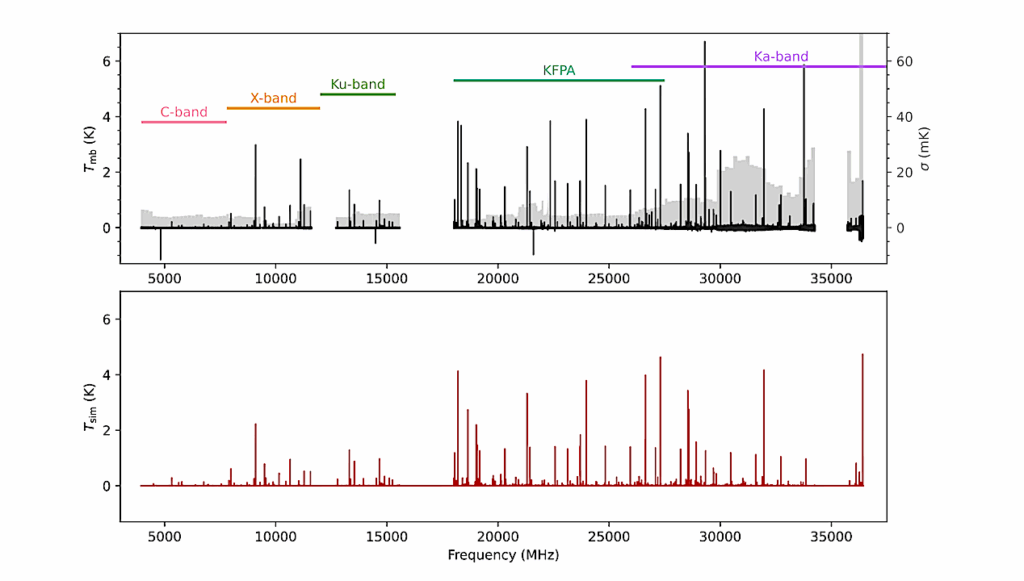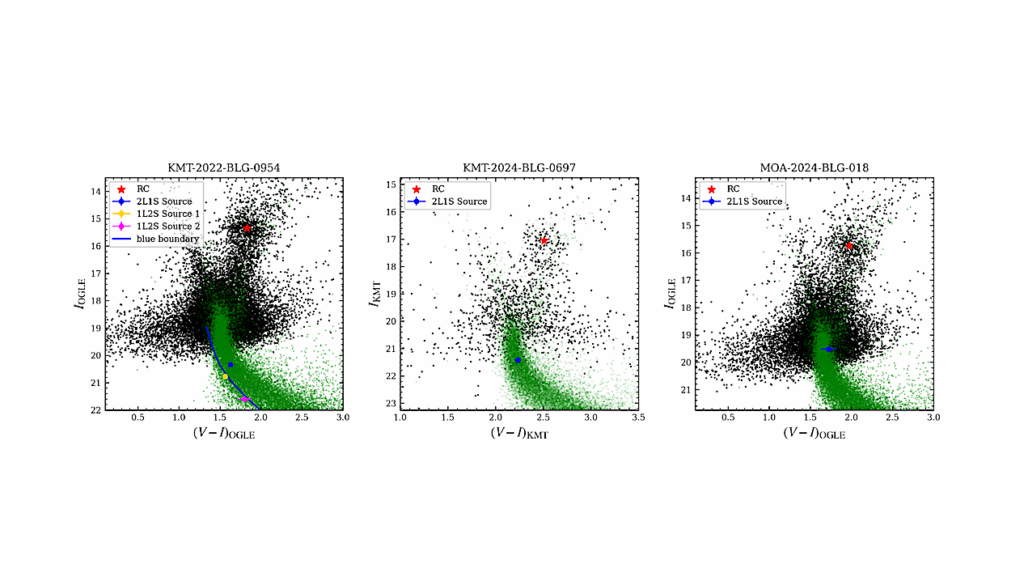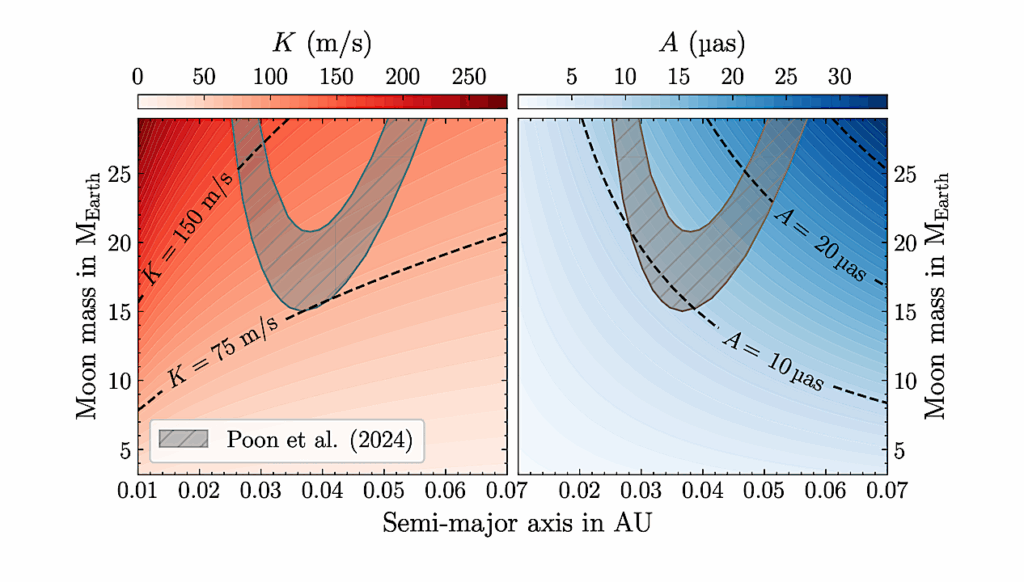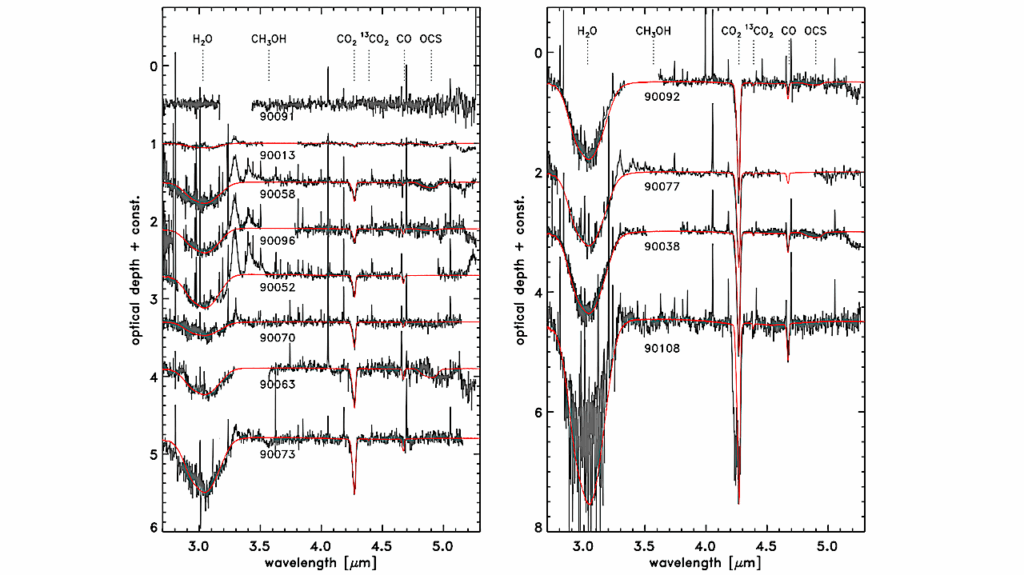Photothermal Spectroscopy for Planetary Sciences: Mid-IR Absorption Made Easy
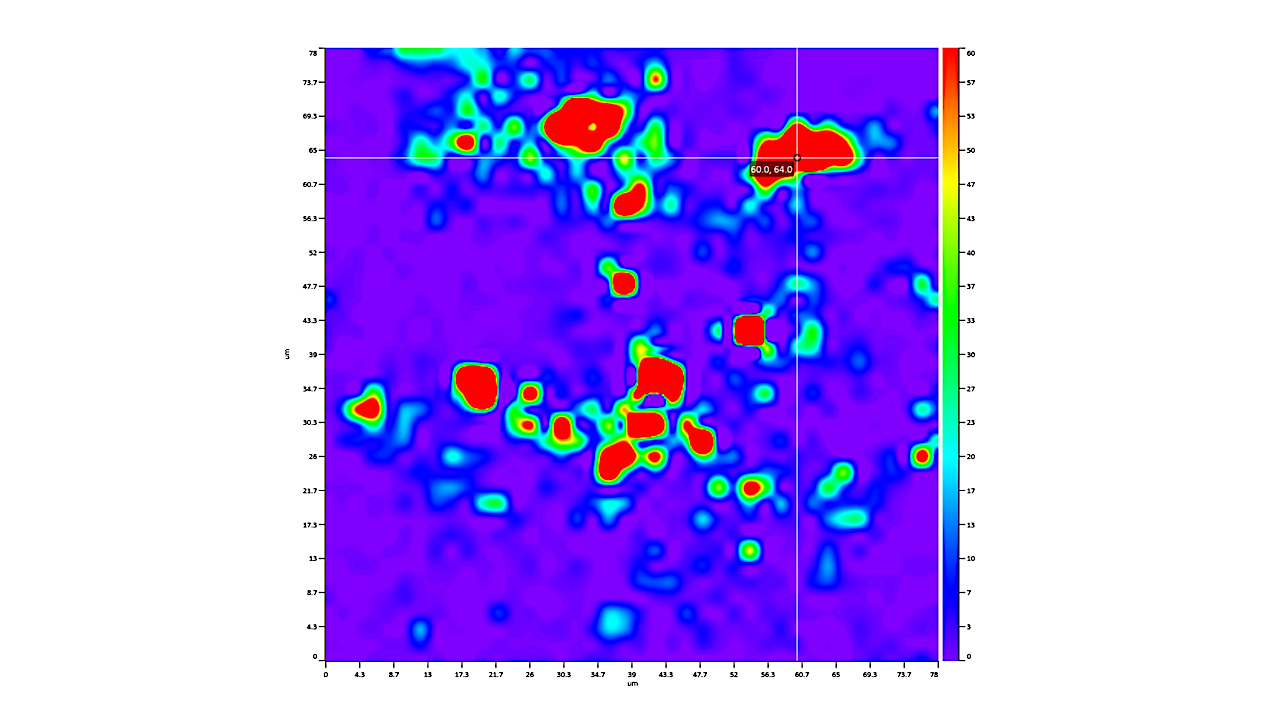
The understanding of the formation and evolution of the solar system still has many unanswered questions. Formation of solids in the solar system, mineral and organic mixing, and planetary body creation are all topics of interest to the community. Studying these phenomena is often performed through observations, remote sensing, and in-situ analysis, but there are limitations to the methods.
Limitations such as IR diffraction limits, spatial resolution issues, and spectral resolution issues can prevent detection of organics, detection and identification of cellular structures, and the disentangling of granular mixtures.
Optical-PhotoThermal InfraRed (O-PTIR) spectroscopy is a relatively new method of spectroscopy currently used in fields other than planetary sciences. O-PTIR is a non-destructive, highly repeatable, and fast form of measurement capable of reducing these limitations.
Using a dual laser system with an IR source tuned to the mid-IR wavelength we performed laboratory O-PTIR measurements to compare O-PTIR data to existing IR absorption data and laboratory FTIR measurements for planetary materials. We do this for the purpose of introducing O-PTIR to the planetary science community. The technique featured here would serve to better measurements of planetary bodies during in-situ analysis.
We find that, unlike other fields where O-PTIR produces almost one-to-one measurements with IR absorption measurements of the same material, granular materials relevant to planetary science do not. However, we do find that the materials compared were significantly close and O-PTIR was still capable of identifying materials relevant to planetary science.
Christopher Cox, Jakob Haynes, Christopher Duffey, Christopher Bennett, Julie Brisset
Comments: This paper is an introductory of O-PTIR spectroscopy into planetary science. It is also going to be part 1 of a series. This is a pre-print
Subjects: Earth and Planetary Astrophysics (astro-ph.EP); Instrumentation and Methods for Astrophysics (astro-ph.IM)
Cite as: arXiv:2409.11626 [astro-ph.EP] (or arXiv:2409.11626v1 [astro-ph.EP] for this version)
https://doi.org/10.48550/arXiv.2409.11626
Focus to learn more
Submission history
From: Christopher Cox
[v1] Wed, 18 Sep 2024 01:14:39 UTC (22,692 KB)
https://arxiv.org/abs/2409.11626
Astrobiology,


